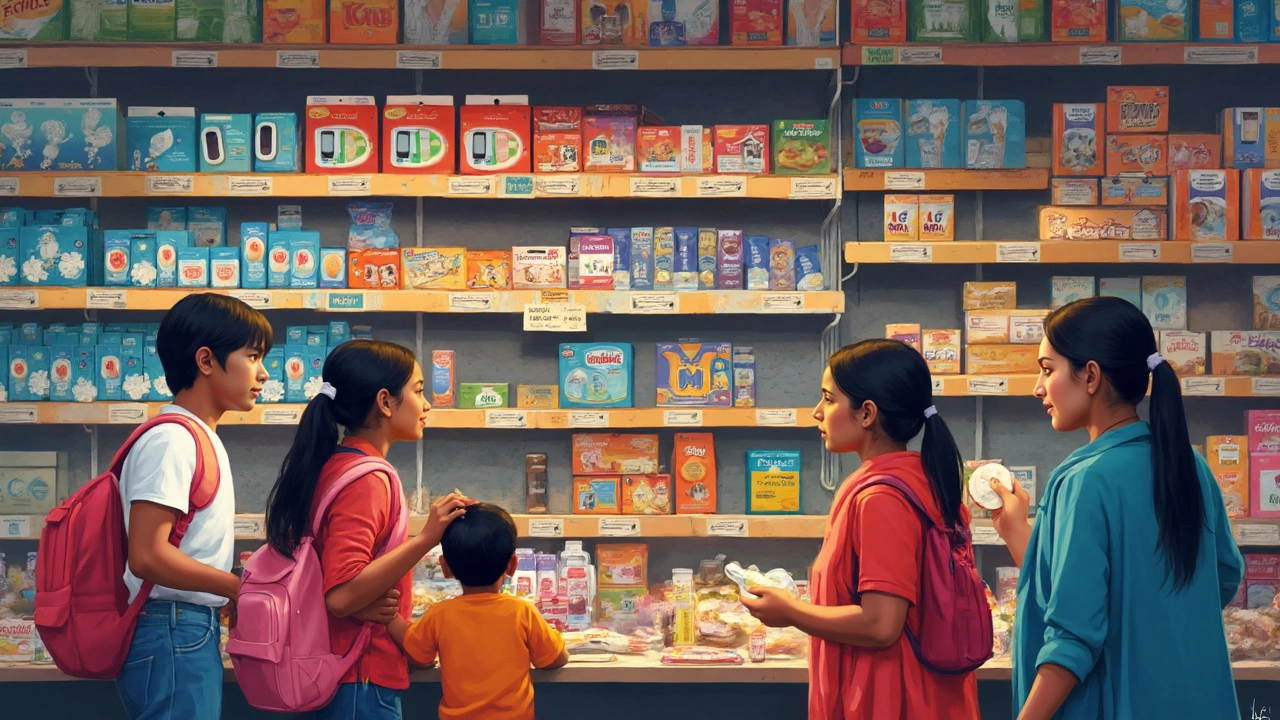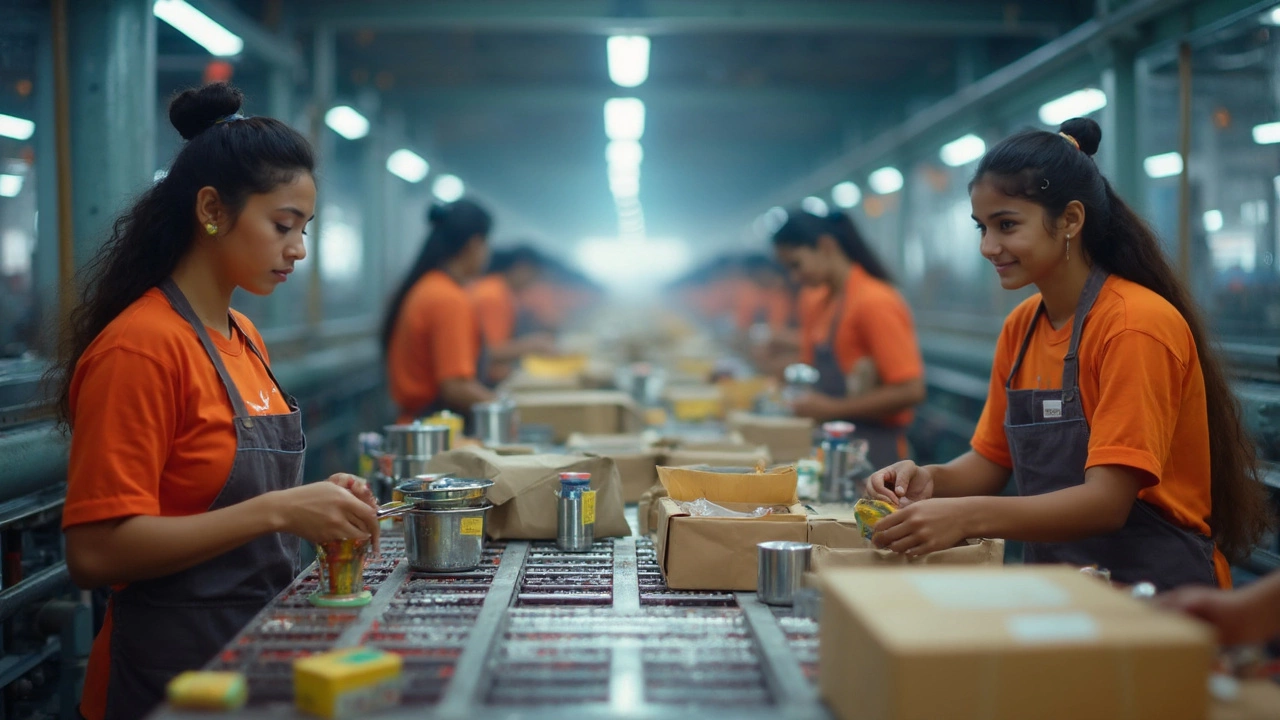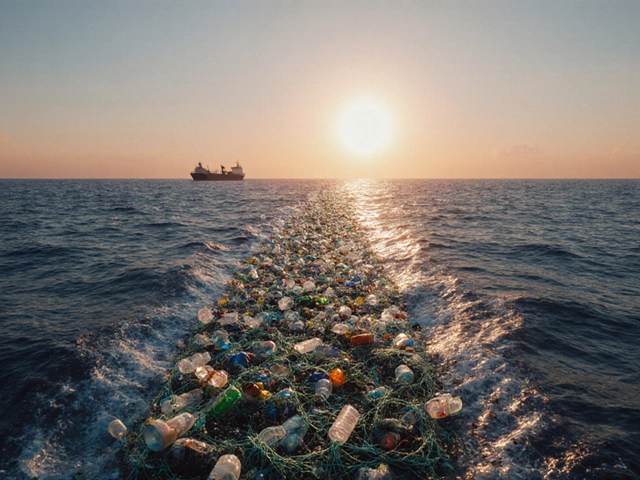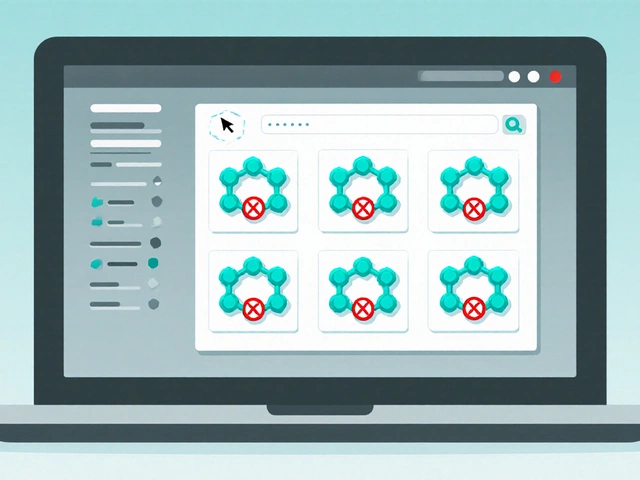Walk into any store and you’ll find the same old stuff filling shopping carts every day: toothpaste, water bottles, snacks, phone chargers. Sounds boring? Here’s the thing—these are cash cows. The small, often-overlooked basics crush it in sales because people need them all the time, not just on special occasions.
If you’re looking at manufacturing as a business, this is your goldmine. No wild trends, just steady demand. Think toilet paper during panic buys or face masks during flu season—these things never really stop moving. Fact: globally, around 4 billion toothbrushes get bought every year. That’s more than one per person in the world.
If you want in, skip the risky fads. Focus on stuff everyone grabs without thinking, day after day. Big brands fight in these spaces for a reason. But here’s the good news: small and new players can still win big with the right product, smart packaging, and solid distribution. Let’s break down why these everyday items sell so much, and what you can actually do about it.
- Why Everyday Essentials Rule
- Top Everyday Products That Sell
- Smart Tips for Manufacturing Hits
- Spotting New Opportunities
Why Everyday Essentials Rule
Here’s the deal: everyday essentials are the backbone of the retail and manufacturing world. They’re the products people actually need—like paper towels, soap, dishwashing liquid, or snacks. The secret sauce? Predictable, repeat buying. Most folks don’t remember the last time they bought a power drill, but ask about toothpaste or laundry detergent, and it’s a weekly routine.
This habit means demand doesn’t just stay high, it basically never goes away. Essentials have a built-in "expiration date"—think milk, bread, or toilet paper. Finish one, and you grab another. That constant cycle keeps factories buzzing and shelves full. According to a NielsenIQ report from 2023, the top five categories in grocery and convenience stores worldwide were bread, bottled water, milk, eggs, and packaged snacks. These aren’t just popular; they sell in jaw-dropping numbers every single day.
| Product | Daily Global Sales |
|---|---|
| Bottled Water | 1.4 billion bottles |
| Toothpaste | Over 22 million tubes |
| Bread | ~285 million loaves |
| Soap | 35 million bars |
Another game-changer? Essentials are basically "recession-resistant." Even if people start pinching pennies, they can’t skip out on toilet paper or laundry soap. During 2020’s peak lockdowns, demand for these products actually spiked—proof that when times get tough, folks double down on the basics.
If you’re looking to break into everyday products, here’s the kicker: big sellers don’t need constant reinvention. Small tweaks—smarter packaging, eco-friendly materials, or just making things easier to open—can set you apart even in crowded markets. That’s why so many manufacturers try to land at least one "essential" in their lineup. Steady demand, big volume, and a business that can actually weather storms.
Top Everyday Products That Sell
You want to know what actually sells every single day? Start with the basics people can’t skip. It’s not about trendy gadgets—it's about the stuff that’s almost invisible but always in demand. Here’s what’s hot, why it works, and what you should look for if you’re thinking about getting started in everyday products manufacturing.
- Toiletries: Toothpaste, soap, toilet paper, and shampoo have a steady spot in every shopping basket. According to Nielsen, toilet paper sales worldwide top $80 billion a year. People won’t stop needing these, recession or not.
- Bottled water and soft drinks: It sounds dull, but bottled water is a giant market. The global bottled water market hit $350 billion in 2024. It's straight-up necessity in lots of places, and people pay extra for convenience or brands.
- Snack foods: Chips, chocolate, instant noodles—snacks never go out of style. In 2023 alone, the global snack food market was worth $250 billion.
- Phone chargers and cables: Electronics wear out or get lost. In the US, over 300 million phone chargers are sold each year.
- Cleaning products: Detergents, surface cleaners, sponges, paper towels—busy lives mean most people will grab whatever’s handy to keep homes clean. The global household cleaners market sits around $35 billion.
- Batteries: Phones, toys, remotes—so much in life runs on batteries. Alkaline batteries alone clocked around $10 billion global sales in 2023.
The shortlist above isn't everything, but it’s where the real, constant action is. Check out this snapshot of top-selling everyday product categories globally:
| Product Category | 2024 Global Market Value (USD) | Fun Fact |
|---|---|---|
| Toiletries | $80 Billion | Over 4 billion toothbrushes sold each year |
| Bottled Water | $350 Billion | Average American drinks 40 gallons annually |
| Snack Foods | $250 Billion | Potato chips are the top-selling snack globally |
| Cleaning Products | $35 Billion | Surface disinfectants spiked 60% in 2020 |
| Batteries | $10 Billion | Alkaline batteries still beat rechargeables in sales |
If you want to manufacture for daily sales, pick a niche where repeat buying is natural. That’s your ticket to a steady, growing business. Think about how you can add value—go eco-friendly with packaging, or get hyper-local with marketing.

Smart Tips for Manufacturing Hits
The trick to creating a high-selling product isn’t just making something people want; it’s doing it in a way that stands out without blowing your budget. Here’s what actually works when you’re eyeing the everyday products arena.
- Keep Design Simple: Nobody likes complicated packaging or confusing instructions. People buy what’s easy and familiar.
- Use Cost-Effective Materials: You don’t need the fanciest ingredients or parts. Look for quality suppliers who balance price and consistency. Simple swaps, like switching from glass to recycled plastic, can save a bundle—think about how bottled water brands do it.
- Automate Early: Even entry-level automation can double productivity for basic goods like soaps or chargers. Robotics aren’t just for mega-factories anymore. Small auto-packing lines pay for themselves fast.
- Listen to the Market: Scan customer reviews on best-sellers. People are honest online. If everyone complains about flimsy toothbrush handles, step up your durability game.
- Nail Logistics: Fast and reliable shipping still wins. Nearly 75% of buyers will pick a product with the quickest delivery time, even if it costs a bit more. Make your supply chain bulletproof from day one.
Want to know what makes a product really pop? Here’s some hot data to chew on. The table below shows widely bought daily-use items with their average annual sales, just for perspective:
| Product | Estimated Units Sold (Yearly, Global) | Key Success Factor |
|---|---|---|
| Pens | 100 Billion | Bulk manufacturing, low cost |
| Bottled Water | 500 Billion | Wide distribution, familiar brands |
| Phone Chargers | 2 Billion | Universal design, affordable pricing |
| Toothpaste | 14 Billion | Trusted ingredients, easy-to-use tubes |
| Bar Soap | 20 Billion | Simple packing, daily need |
Bottom line: Chase what people actually use, and do it smarter than the competition. Tighten up your processes, cut the fluff, and watch your everyday product stack cash.
Spotting New Opportunities
If you want your manufacturing hustle to stand out, you need to find gaps everyone else is missing. Focus on real-life problems and look for those daily annoyances that nobody’s solved yet. For instance, think about how reusable water bottles exploded in the last ten years—everyone wants to ditch single-use plastic, and brands like Hydro Flask rode that wave to the top.
Here’s one concrete tip: hang out where people complain online. Amazon reviews, Reddit threads, TikTok comments—people will tell you, without filter, what’s broken or missing in their everyday products. Maybe it’s a phone charger that actually survives after a month, or lunch boxes that never leak into backpacks. These pain points become product ideas.
Trends move fast, but essentials with a twist can go further. Take dish soap sheets—no more plastic bottles, just small, eco-friendly packets. People love the convenience, and eco-friendly sells. In fact, Statista reported that almost 50% of shoppers now lean toward everyday goods with sustainable packaging.
Here’s a quick roadmap to sniff out new chances:
- Keep an eye on shelf space at big stores—what’s missing, or selling out?
- Ask shop owners about their surprise best-sellers and what customers request but can’t find.
- Check out overseas online stores (like Taobao or Daiso) for cool product concepts not here yet.
- Look for regulations or lifestyle changes—like new recycling laws or remote working—that create new daily needs.
If you see a trend picking up steam, act fast but smart. Prototype small runs and get them into local stores or online markets. Gather feedback early, tweak fast, and scale what sticks. Successful manufacturers don’t just copy—they improve.











Write a comment